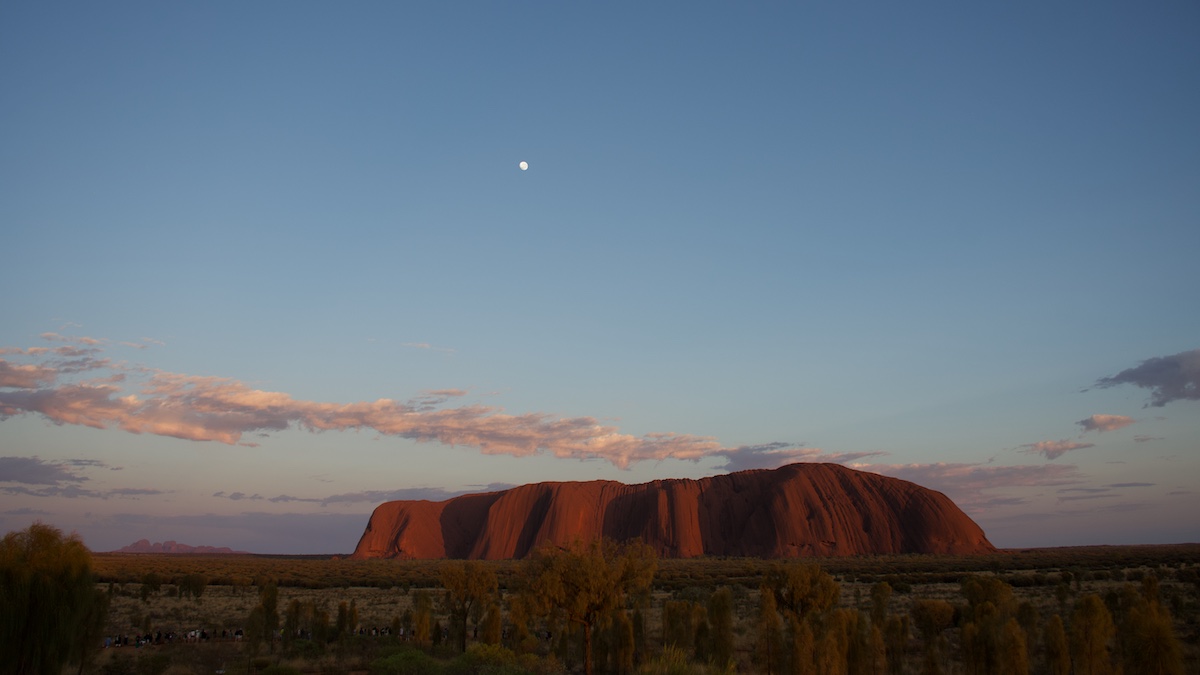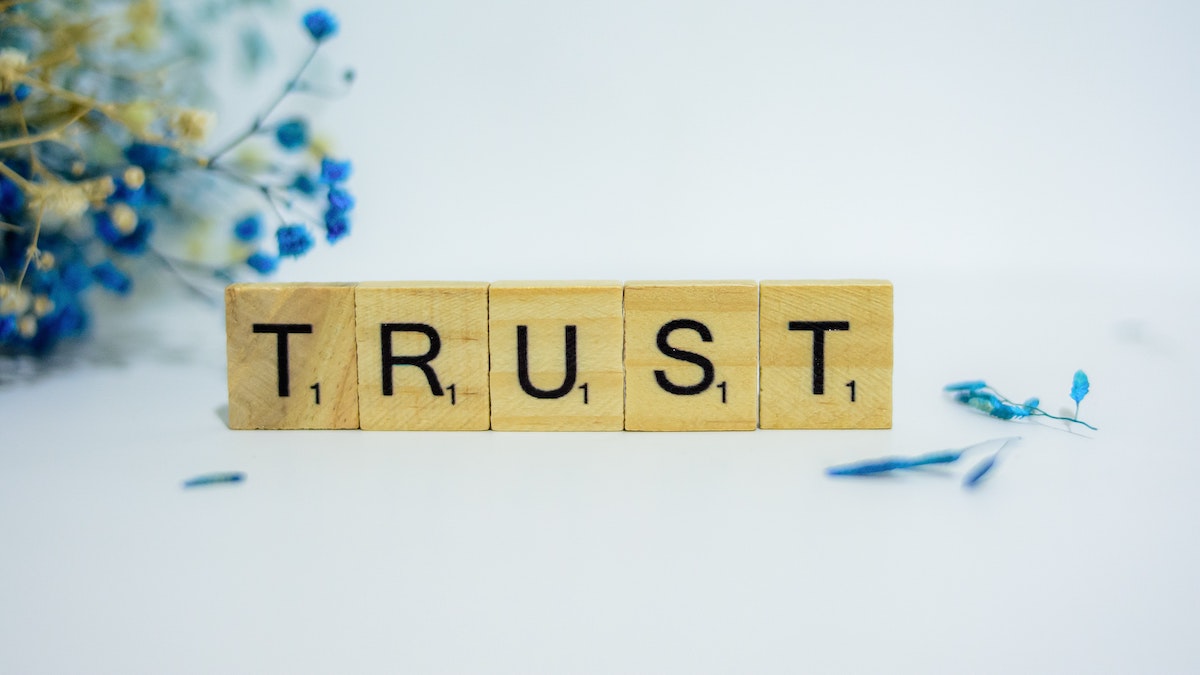We can find leadership lessons in the unlikeliest of places. The most powerful have come not from management books, but from watching people go about their jobs in industries different from mine. Are they someone others look up to? Do they enjoy the work they’re doing? Why do they do things the way they do?
Mother Nature is another teacher I have learnt from. My favourite lesson so far, came from Uluru in Australia’s arid Red Centre. For example, did you know there are 178 species of birds in the Uluru-Kata Tjuta National Park? I didn’t before I travelled there! I had always assumed the burning red desert in the heart of Australia was home to only a handful of hardy bushes and a few lizards. How wrong was I?
Which makes you think, if there is that much bird life in the Australian Outback, how many hidden skills do your team members have that you don’t know about?
Uluru / Ayers Rock in Central Australia is beautiful and my trip there sparked plenty of thoughtful moments, including these four leadership principles and an unexpected ethics question.
Table of Contents
- Seize Opportunity With Both Hands
- Push Past Your Comfort Zone: Things Aren’t As Scary As They Seem
- Question: If Someone Asks You Politely Not to Do Something, Would You Still Do It?
- Look Past the Obvious
- Everything is Connected
- Recap: It’s Time to Apply These Lessons and Turn Them Into Actionable Leadership Principles
#1: Seize Opportunity With Both Hands
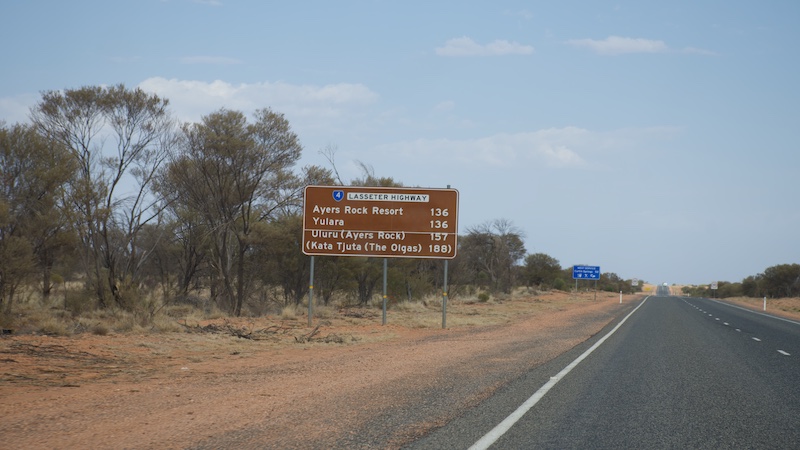
Sometimes the best opportunities involve a level of discomfort or resolving complex logistics. Our extended trip in 2019 to Australia, and beyond, to catch up with family was firmly in the latter category.
Items on the to-do list included coordinating with colleagues and my manager so I could take an extended break from work, finding a house and pet sitter for eleven animals, buying international and domestic airfares, and arranging accommodation at the last minute. All while hoping each link in the chain would hold for this once in a lifetime trip.
When faced with the unknown, an overwhelming list of things to do, or trusting people you’ve never met before, it’s easy to let the opportunity go by.
“If we don’t do it this time, no big deal. We can do it another time.” We tell ourselves.
The opportunity may be like the famous London bus. You wait for ages and none come your way, then they all come at once! Plenty to choose from. Except, there are no guarantees in life or business. Sometimes there are no more buses. The single opportunity has come and gone, never to return.
Grab opportunity with both hands because you never know if it’ll pass your way again.
Related: Inc.com has an article with additional pointers on how to prepare for opportunity.
#2: Push Past Your Comfort Zone: Things Aren’t As Scary As They Seem
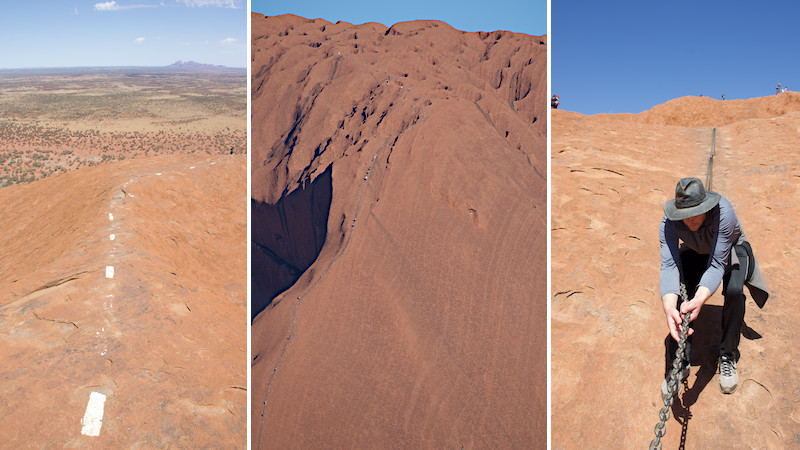
For me, climbing Uluru was a scary challenge.
The climb moves between sections that are no steeper than a gentle staircase to sections that feel near vertical. And let’s not forget the deep and slippery rain channels near the summit where you need to unleash your inner parkour expert and Cat Leap your way across.
For a boy who grew up among England’s gentle rolling hills, Uluru was steeper and scarier than I was comfortable with.
Related: This Australian bush walking website has a fascinating elevation profile of Uluru.
So, did I climb and revel in the breath-taking view from the top?
Absolutely I did!
And did I enjoy it? The view? Yes! The climb? No, not one bit. It was vertigo inducing with plenty of head down just keep on-movin’ moments.
Once at the wide, flat summit, all my fears vanished. You can see for miles and miles—literally—and the people and tourist buses look like ants. The view is spectacular! It’s something else, and I’m so glad I did it.
On the way up, I held on to the guide chain like my life depended on it. But, going down, I was far more relaxed. So much so, I was happy to stop and take pictures from spots that had terrified me on the way up.
Even the steepest section, the 71% grade with an elevation change of 50m over 70m, was not a problem on the way back down. Sure it was steep, and I placed my feet with care, but I knew what to expect, and—dare I say it?—it was kind of fun!
Learn More: To help you grow and push beyond your comfort zone, think of it as an experiment instead of needing to pass or fail. Check out tip #3 It’s OK to Think and Act Differently from 10 Practical Tips For a Healthy & Positive Mindset for more.
Question: If Someone Asks You Politely Not to Do Something, Would You Still Do It?
How would you answer? Do you say “yes!” immediately? Do you need more information before making your decision? What are the consequences if the action is performed or delayed? Do you need to give a blanket answer or is it on a case-by-case basis?
How about this question:
Would you climb Uluru even though the local aboriginal people, the Aṉangu (pronounced arn-ung-oo), consider the site sacred to their culture, and climbing is not permitted?
Clearly my wife and I did, along with the crowds the week we were there, and the hundreds of thousands of tourists who have come before. We stayed on the marked path, were respectful, left no litter, and were uplifted by the experience. My wife followed in the footsteps of her parents, 40 years before, and for me it was a chance to push through my fear of heights for a wonderful reward. The stunning view.
But no matter how respectful of the physical environment we were, our happiness came at the expense of someone else.
Now, if we had chosen not to climb, would that have made our trip any different? We would have respected the request of the Aṉangu while others didn’t, yet the tribe’s gain would have been our loss.
That loss would have meant my wife couldn’t honour her parents and we would have missed the stunning view. For me, the climb helped me appreciate and respect the human and geological history around us.
I’m glad I climbed Uluru, but I felt some conflict over it. I ignored the wishes of the people who are responsible, both physically and spiritually, for the land I fell in love with.
It’s an interesting ethical dilemma, isn’t it? What would you have done?
The experience has encouraged me to dig deeper and really understand why people take the position they do on different topics.
Learn More: Episode 3 of The Be Helpful Experiment shares 3 Practical Examples to Being Open Minded to help you understand and get the most from the people you work with.
#3: Look Past the Obvious
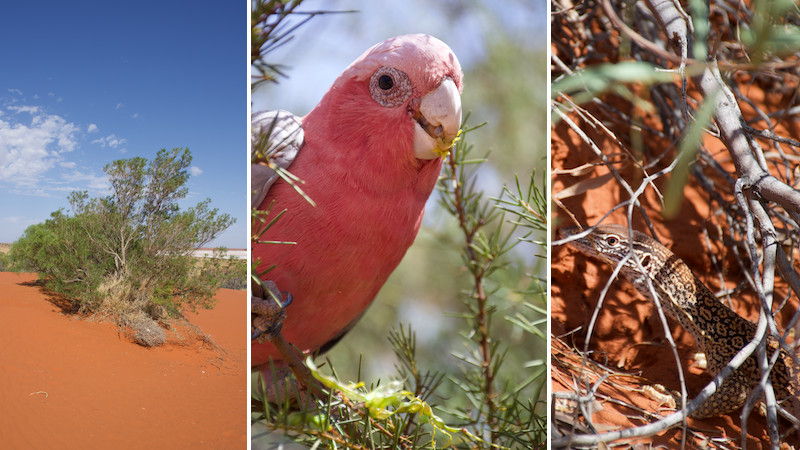
To reach Uluru, we flew into Alice Springs and drove five hours in a rental car to our campsite at the Uluru-Kata Tjuta National Park. My enduring memory of Alice Springs is the moment the air steward opened the cabin door—after landing and coming to a complete stop, I might add—and the dry, oppressive heat rushed in with the force of water filling a vacuum. It almost knocks you off your feet.
The basic impression of Central Australia is this: it’s burning hot, there’s not much to see, and there is nothing alive out there. The first hour did nothing to change that.
But you know what? I was in the Outback! That mythical and exotic place I saw as a child on TV in rainy ol’ England.
On the drive, we saw a wild camel. Australia has wild camels! At the rest stops, we heard and saw pink and grey cockatoos in the trees and followed lizard tracks in the sand. I spent a happy 15 minutes filling the camera’s memory card with pictures of fallen tree branches whose silver shades and tortured shapes fit right into a Tolkien novel.
Around Uluru itself, the diversity increases exponentially. Water, gathered into natural pools at the rock’s base, sustains tall trees and lush plants, 178 species of birds—my favourite is the vibrant and fantastically named Splendid fairy-wren—and 21 species of mammals including dingo, red kangaroos, and hopping mice.
To see all the life and colours, all we had to do was slow down and see things from a different point of view.
#4: Everything is Connected
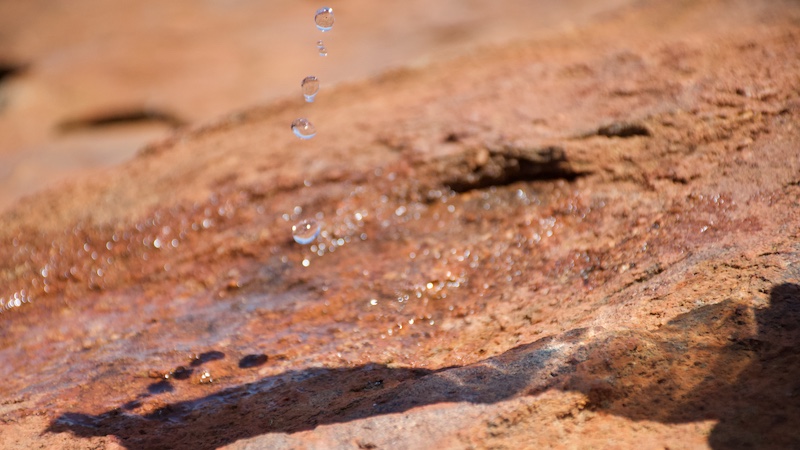
The idea that everything is connected—the animals to the land, the land to the sky, the sky to the stars—is one of the oldest concepts in human history. If we view that same concept through a scientific lens, the evidence for the interweaving of life and geology and geography is as old as the earth and evolution.
For the Aṉangu people, that evidence is told in their Dreamtime stories. From their ancestors who formed the giant structures as they moved across the landscape, to the holes and scars on Uluru’s surface left by the fight between Kuniya, the woma python, and a group of Liru, or venomous brown snakes.
For the Aṉangu and other aboriginal tribes, their connection is both physical and spiritual. Millions of years of erosion created caves for people to shelter in. Water pools maintain life for plants and animals, which supports the people. The select burning of trees and bushes generates fresh growth. Even those annoying, biting flies that swarm around your face have their part to play in the ecosystem.
Andrew Giles, researching his PhD at Monash University, provides this thoughtful quote.
“One of my biggest problems with modern Western science is the idea that everything has to be compartmentalised into this little box,” he says. “But Indigenous knowledges, they’re comprehensive. They don’t compartmentalise into geography, geology, biology, chemistry… It’s all interconnected.”
Andrew’s quote appeared in the Monash Lens article Connection to Country: Teaching science from an Indigenous perspective
The moment we put our projects or teams into boxes with tall sides, we create silos and rivalries. Project manager versus project team, technical folks against business analysts, or executives fighting stakeholders. The list of feuds is endless.
When the team trusts the leader and the stakeholders trust the team to deliver the leader’s promises, the project and services are successful. From a business perspective, that’s how everything connects.
Learn More: Keystone habits are a highly effective way of improving your leadership skills by working on one core habit that connects to all other behaviours.
[Recap] It’s Time to Apply These Lessons and Turn Them Into Actionable Leadership Principles
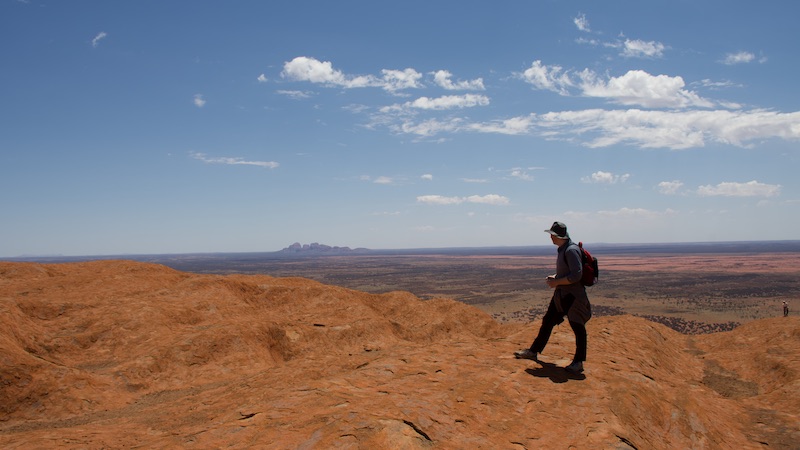
If you don’t take the opportunities in front of you, what are you missing out on? How far will your colleagues progress while you sit still? What’s the worse that could happen?
If my wife and I hadn’t taken the last minute opportunity to visit Uluru in October 2019, not only would we have missed out on the climb (it’s now permanently closed) but we wouldn’t have the wonderful memories that helped us through the darkest period of the COVID-19 pandemic.
When I look back on it, I’m still amazed by the amount of life and colour in the Australian Outback. How much more might we have seen had we ventured further out into the desert or waited for the nighttime? The same curious and open-minded approach applies to your team and colleagues. What skills do they have beyond their obvious ones? What happens when you look at them from a new perspective?
Changing your perspective can be scary. Especially if you’re making a large change. But if you do, what positive effects does it have in other areas of your life or leadership? Once you start, how far do those connections spread? Of course, the more you step outside your comfort zone, the easier it gets—and it’s never as scary as you first think.
Ready? Go do it!

